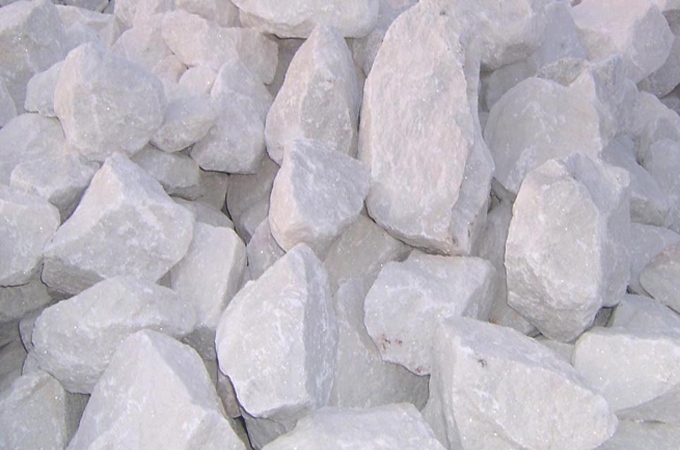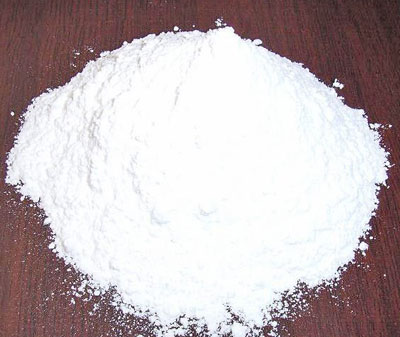- Urinary discomfort and dysfuntion due
to Damp Heat descending into the lower Heater, with
Malva
verticillata- Dong kui zi.
[4]
- Damp Heat diarrhea, with
Poria cocos- Fu ling
and
Coix lachryma- Yi yi ren.
[4]
- Fever, irritability, thirst, and painful urinary dysfunction due to SummerHeat.
Use with
Glycyrrhiza uralensis- Gan
cao.
[4]
- As a topical powder for eczema and other Damp skin lesions. Use with
Phellodendron
chinense- Huang bai and
Potassium
Aluminium Sulphate- Ming fan.
[4]
[1] Barefoot Doctor's Manual- 1977 Prepared
by the Revolutionary Health Committee of Hunan Province. Original Chinese manual-
Victor W. Sidel. Originally published by Dr Joseph Quin and the Fogarty International
centre, Bethdesda (1974). Madrona Publishers Seattle Washington ISBN 0-914842-52-8
[2] A Complete English Dictionary of Medicinal Terms in Chinese Acupuncture
and Herbalism 1981- Henry Lu Chinese Foundations of Natural Health- The Academy
of Oriental Heritage, Vancouver, Canada.
[3] Translation notes from Gary Seiford and Hocu Huhn- NSW College of Natural
Therapies. Sydney Australia (1982).
[4] Chinese Herbal Medicine Materia Medica- Dan Bensky and Andrew Gamble- Eastland
Press 1986 Seattle Washington ISBN 0-939616-15-7
Images
1.
lyyinhehg.com
2.
old.zhongyibaike.com Talcum can stimulate the growth
of ganulomas in the colon and vagina.[1]
References
[1] Chinese Herbal Medicine Materia Medica- Dan Bensky and Andrew Gamble- Eastland
Press 1986 Seattle Washington ISBN 0-939616-15-7
 Hydrated
magnesium silicate 4SiO2 3 MgO H2O
滑 石
Huá shí
Talcum
Mineral
Hydrated
magnesium silicate 4SiO2 3 MgO H2O
滑 石
Huá shí
Talcum
Mineral
